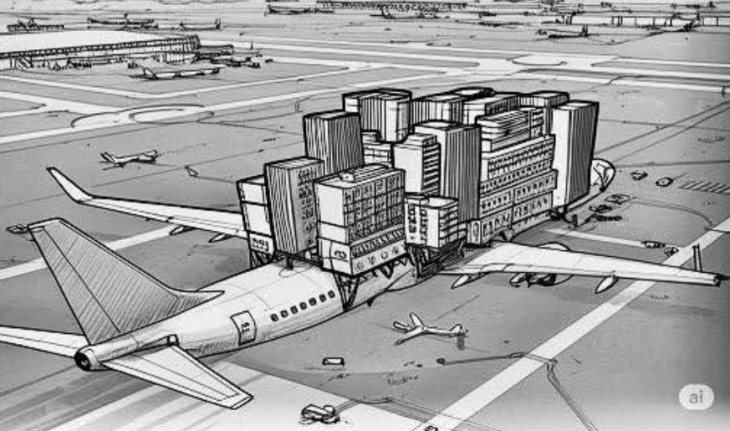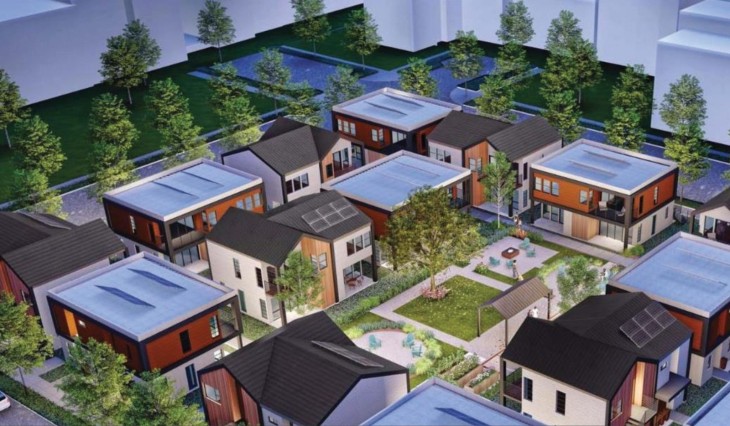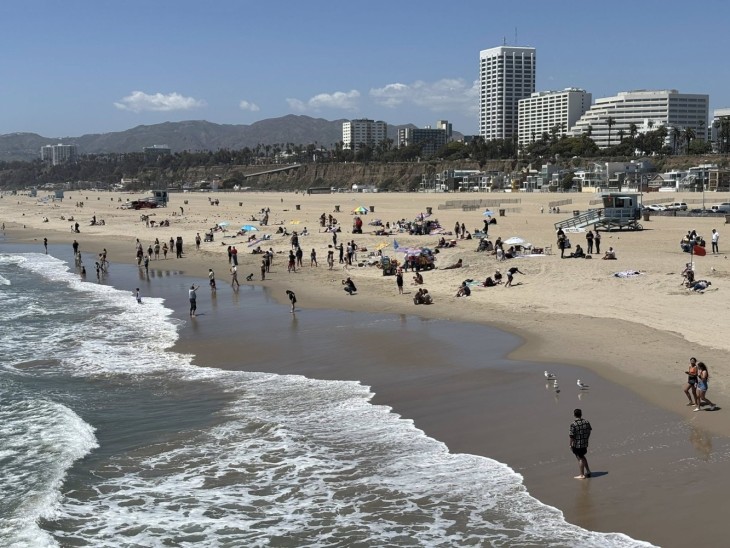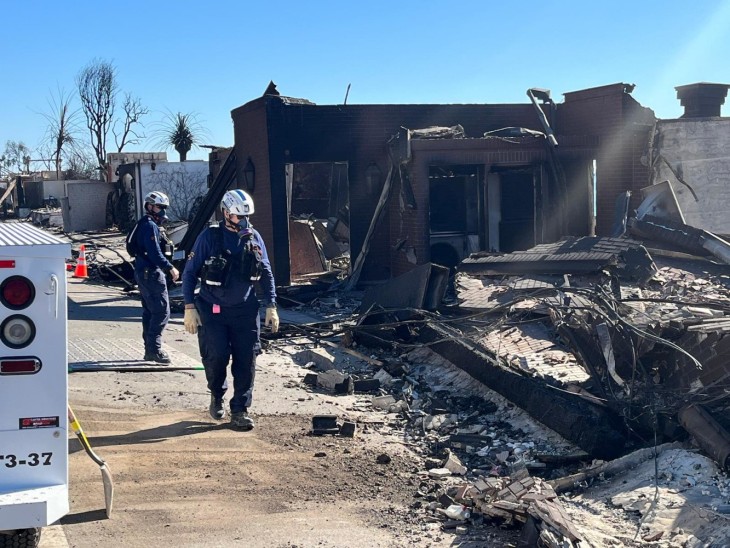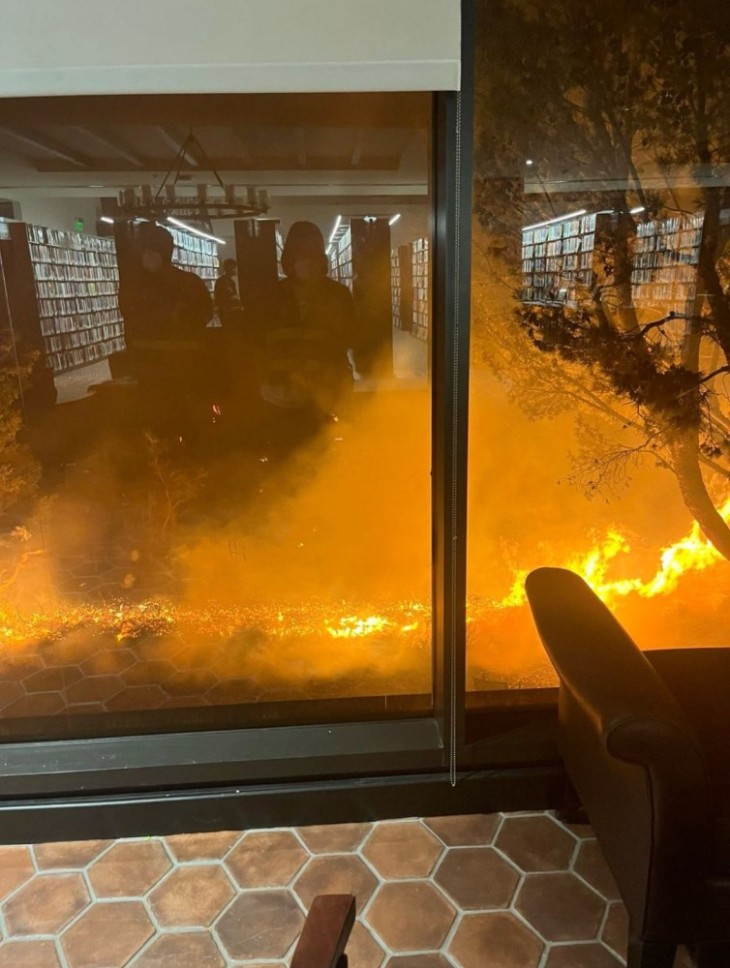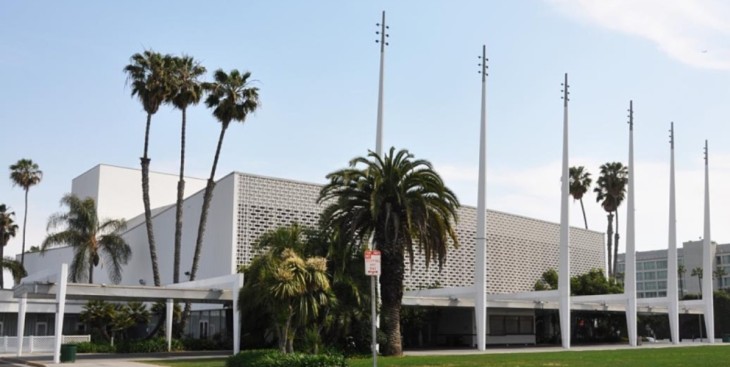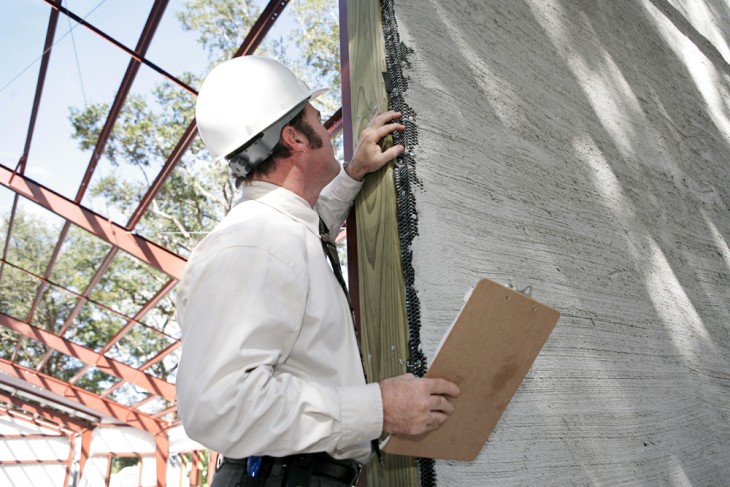Part 2/2

Santa Monicans face the usual fears of crime, Covid-19 and its collapsing job and housing impact including the coming eviction avalanche. Unfortunately, interest groups in Sacramento keep trying to monetize these crises by forcing cities and counties to amp up construction using a janga pile of dangerous new zoning regulations that are unnecessary and beyond financial and ecological sustainability. These financial interests, including financiers, realtors and construction unions want to cash out before the whole enterprise, fueled by federal debt, screeches to a halt.
Current SB 9 and SB 10 Status
The latest example of this is SB9 (any R-1 lot can get 4 houses on it by-right) and SB10 (any lot in the City can get 10 units if the City Council approves). These two bills, which we discussed in more detail last week, are construction steroids, “justified” by the illusion that more housing automatically creates affordability. They have been approved by the legislature and now await the governor’s signature. Like waiting for the Taliban to show their true colors, we await Newsom’s revealing his response to the truth that these bills do more harm than good by stripping away local control to benefit speculators. This is not a critique of the Governor, but a plea for real leadership in this critical area.
Anguished by both the amount of homelessness and high housing costs (rent and ownership), it’s easy to sucker the typical terrified housing-squeezed citizen with the mirage of more housing. These bills all travel with the camouflage that they will make housing affordable. Both SB9 and SB10 are chasing the Big Lie that more housing will magically be more affordable.
What Started All This Development Policy Frenzy?
The Governor actually started the Big Lie when he ran 3 years ago on the bogus numbers that the State needed 3.5 million new housing units: the real number was about 23% of that, or 820,000 over the next 8 years. That would require 102,500 units per year. So far, in 2021, construction permits are averaging around a 123,000 annual rate, before any feeding frenzy legislation was passed. In 2019, state housing permit issuance was over 100,000. So the construction “need” was already being satisfied with current housing construction rates. To further place the ”need” into context, there were 2.9 persons per California housing unit in 1960, and that number has remained constant at 2.9. So, housing construction has actually kept pace with population over the last six decades, but there is now a tendency for the construction of smaller units since more people are living alone. Santa Monica’s household density, as a comparison. is about 1.96 persons per unit. In other words we do not need more housing, we do need more of a specific kind of housing: affordable housing, but as expected SB 9 and 10 have NO affordable housing requirement.
During the last five years, the State, County, LA City, and SM City populations have all either essentially flatlined or declined; Santa Monica has lost roughly 400 residents in that period. Again housing quantity is not the problem.
But, all this has not stopped the lie from metastasizing: Sacramento now requires Santa Monica to permit 8,895 new units in the next 8 years, with 6,168 of those units to be affordable. Of course, this is a delusional number that the legislature has guaranteed will fail because Sacramento has produced no affordable housing funds sufficient to the task. This is the classic “unfunded mandate.”
Moreover, the state originally was to require Santa Monica produce 4,829 units with 3,673 being affordable. The mysterious jump to 8,895 (+84%) was due to a Los Angeles-based lobby group (Abundant Housing LA) sending a legal letter to the state demanding changes to the methodology to result in these increased unsubstantiated numbers. Remember this is not about affordable housing, this is about making more profit for the finance/construction/real estate industry.
The State’s own regional organic growth projection for Santa Monica is about 1,200 units over that same period, which is consistent with prior cycles. Currently Santa Monica has about 1700 permitted units already in the pipeline. Yet, the new State requirement would force us to permit about a 20% population increase (~18,000 new residents in 8 years).
Even though the population is stable in numbers, a desirable condition locally and worldwide, there is a hidden shadow in this population stability. The City’s policies have been relentlessly driving out residents of modest or fixed income, many who have lived in our City for decades, and replacing them with much wealthier residents. In other words these new state laws and mandates all involve new construction (which is always more expensive than existing homes) thus replacing existing residents with wealthier residents. The profit making potential of this mass eviction is why the real estate, financial and construction interests are so excited by these new laws. The corollary to this is any laws, such as SB9 and 10 and its cousins, that inevitably incentivize the eviction of existing residents do more harm than good.
What is the Real Problem?
The problem is not the supply of housing, it is the over supply of investment capital chasing high profit residential housing throughout the state, but especially along the coast. Part of the Big Lie is that if we build more housing, outside capital will magically stop deciding to land on California’s monopoly board. By upzoning the entire City along S9 & SB10’s lines, all we are doing is providing more speculative opportunities.
In Santa Monica, with all our construction and traffic gridlock over the last 10 years, our population rose slightly from 89,736 to 93,076, a gain of 3,340 or +3.7%. Our household count rose from 46,917 to 47,438, a gain of 521 or +1.1%.
During this same 10-year period, vacancies rose 956 units, from 3,995 to 4,951 (+23.9%). A city whose increase in vacant units is 6.5X the population growth does not have a housing quantity problem (which SB9 & SB10 try to maximize). It has an affordability problem: incomes have simply not kept up with housing prices.
How bad is the affordability problem? First, it is not a recent problem – it’s a decades long collapse of housing affordability. In the 2000-2018 period, Santa Monica’s median household incomes rose from $50,468 to $86,084 (+70.6%), for an annual compound gain of 3%. During the same period, SM’s median home prices rose from $425,000 to $1,456,000 (+242%), an annual compound gain of 7%. In other words, 20 years ago, it took 8 times the median household income to buy a home. But 3 years ago, that had doubled to 16 years. I’m sure it has gotten worse in the last 3 years. This impact extends to rents, with the 12-month house price growth rate leading rent inflation by somewhat less than two years.
This magnitude of increase is not specific to Santa Monica. It is reflected throughout Southern California.
But Everyone Says More Construction Will Solve Our Housing Issues!
We have been trying for decades, to build our way to affordability, but things have only gotten worse because it is not about the quantity of units. Land as an investment (a fixed supply in any given location) is now gotten so high that house ownership has completely escaped the average person’s ability to pay. In fact, with SB 9 and SB 10, we have now provided more opportunities for speculative investors, pouring fuel onto the gentrification fire.
So, how do we get affordability?
Only three things create affordability absent Draconian rent control: Dollars (subsidies of all kind), Distance (housing is cheap in Lancaster or Riverside), or Disaster (Covid caused 12% rent drops in San Francisco last year). Notice that Density, the fourth D, is not among them. If density created affordability, New York, with an average 27,547 persons per square mile (with some NYC ZIP codes exceeding 100,000 persons per square mile) would be one of the cheapest cities in America.
Distance, in effect, creates new usable land supply, lowering costs. Disaster has, of course, obvious short comings. So, the only productive discussion is what Dollar subsidy sources are available to buttress permanent affordable housing? The subsidies used to come from the State through redevelopment grants. Those stopped as state spending spiraled out of control around 2012. Subsidies can, however, come in any form: City lands donated for housing, local or state or federal grants, density incentives for inclusionary housing, incentives for land trusts, incentives for conversion of empty commercial buildings to housing etc. etc. The key concept is that you don’t even have to build new housing to enhance affordability. You can buy existing apartments and then lower their rent to means-tested tenants. The subsidy is the difference in the pre and post rent. The point is that any kind of public subsidies have to be locked into permanent affordable housing.
What Does Loss of “Local Control” Mean?
Finally, the evil of SB 9 and SB 10, among other steroid intrusions by the State into local zoning, is not just that they take away citizen’s control over our City’s destiny, they will also:
- make it impossible to make our city sustainable,
- accelerate the use of residential housing as institutional investment vehicles
- create divisive development battles
- evict the most vulnerable residents through relentless gentrification,
- won’t generate raising wages anywhere near what is required for people to afford this housing
- create incredible infrastructure expense increases for local communities
- fail to account for changes in commuting patterns, or
- fail completely to create affordability or diversity,
Sacramento’s involvement is not only completely un-necessary, it is dangerously counter-productive.
Where Does Santa Monica Stand?
We already have excessive vacant units with multi-family vacancy rates over 10%. Our current zoning capacity can easily meet any credible housing demand. The R-1 zones are already being sensitively densified with accessory dwelling units (small homes of 650 to 1,200 square feet). And finally, we are running out of water. For affordability we simply need Sacramento’s money not zoning incentives on steroids that will actually reduce the effectiveness of any limited affordable housing subsidies that are available.
Absent money, all of Sacramento’s zoning intrusions into Cities have failed to deliver the affordability residents need. Citizens know this and all they see from Sacramento are more zoning stunts for the wealthier to get wealthier and the poor to be banished. The governor should veto SB9 and SB10 and prepare to support a new proposition that will take Sacramento, which has failed for decades, completely out of the zoning game and return local control to those who know what the real problems are and how to solve them.
Correction: Last week’s article incorrectly said the governor has 12 days to respond to SB9 & SB10: he has till October 10.
Mario Fonda-Bonardi AIA for SM.a.r.t.
Ron Goldman, Architect FAIA; Dan Jansenson, Architect, Building & Fire-Life Safety Commissioner; Mario Fonda-Bonardi AIA, Planning Commissioner Commissioner; Robert H. Taylor, Architect AIA: Thane Roberts, Architect; Sam Tolkin, Architect; Marc Verville, CPA (inactive).; Michael Jolly, AIRCRE
For previous articles see www.santamonicaarch.wordpress.com/writings




